Search Images
Browse Content (p. 1117)
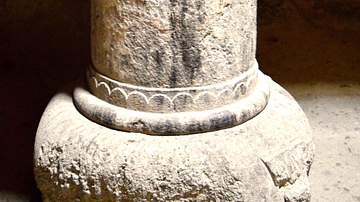
Image
Ancient Pillar at Geghard Monastery
Geghard Monastery in Armenia contains a number of churches, altars, and tombs, most of which are cut into rock. The monastery is widely considered the very peak of Armenian medieval architecture. It was founded at some point in the 4th century...
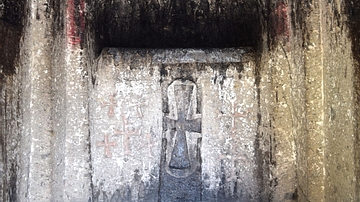
Image
Niche at Geghard Monastery
Geghard Monastery in Armenia contains a number of churches, altars, and tombs, most of which are cut into rock. The monastery is widely considered the very peak of Armenian medieval architecture. It was founded at some point in the 4th century...
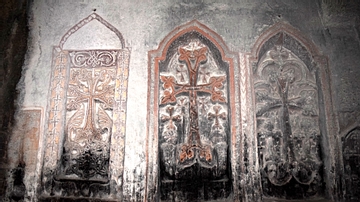
Image
Ancient Crosses at Geghard Monastery
Geghard Monastery in Armenia contains a number of churches, altars, and tombs, most of which are cut into rock. The monastery is widely considered the very peak of Armenian medieval architecture. It was founded at some point in the 4th century...

Image
Medieval Khachkar at Geghard Monastery in Armenia
Geghard Monastery in Armenia contains a number of churches, altars, and tombs, most of which are cut into rock. The monastery is widely considered the very peak of Armenian medieval architecture. It was founded at some point in the 4th century...
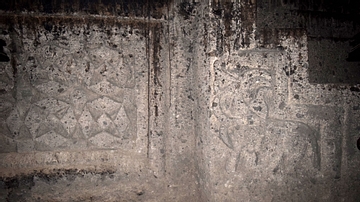
Image
Unusual decor at Geghard Monastery
Geghard Monastery in Armenia contains a number of churches, altars, and tombs, most of which are cut into rock. The monastery is widely considered the very peak of Armenian medieval architecture. It was founded at some point in the 4th century...
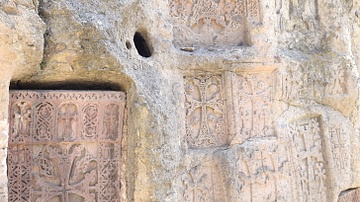
Image
Multiple Khachkars at Geghard Monastery in Armenia
Geghard Monastery in Armenia contains a number of churches, altars, and tombs, most of which are cut into rock. The monastery is widely considered the very peak of Armenian medieval architecture. It was founded at some point in the 4th century...

Image
Three Khachkars at Geghard Monastery in Armenia
Geghard Monastery in Armenia contains a number of churches, altars, and tombs, most of which are cut into rock. The monastery is widely considered the very peak of Armenian medieval architecture. It was founded at some point in the 4th century...
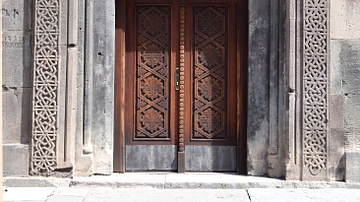
Image
Decorate Doorway at Geghard Monastery
Geghard Monastery in Armenia contains a number of churches, altars, and tombs, most of which are cut into rock. The monastery is widely considered the very peak of Armenian medieval architecture. It was founded at some point in the 4th century...
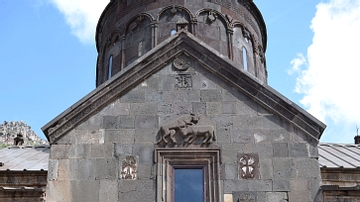
Image
Façade of Geghard Monastery
Geghard Monastery in Armenia contains a number of churches, altars, and tombs, most of which are cut into rock. The monastery is widely considered the very peak of Armenian medieval architecture. It was founded at some point in the 4th century...

Image
Geghard Monastery Cut from Rock
Geghard Monastery in Armenia contains a number of churches, altars, and tombs, most of which are cut into rock. The monastery is widely considered the very peak of Armenian medieval architecture. It was founded at some point in the 4th century...